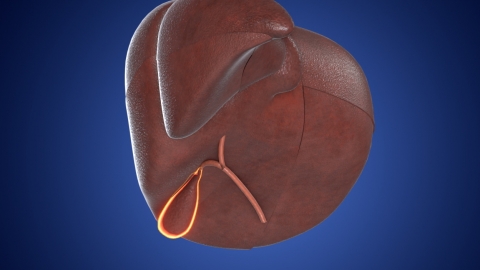How long does pain last after minimally invasive surgery for gallstones?
In general, pain after minimally invasive surgery for gallstones is short-lived. Most patients experience significant relief within 1–3 days after surgery, with pain essentially disappearing within about one week. The exact duration may vary depending on the surgical procedure, individual physical condition, and postoperative care. Detailed analysis is as follows:

General anesthesia is used during the surgery. In the early recovery phase after anesthesia wears off, patients may experience mild abdominal pain or bloating due to surgical incisions. This discomfort is usually tolerable, and doctors typically prescribe short-term pain medication for relief. Within 1–2 days after surgery, pain rapidly decreases as the body recovers, allowing patients to get out of bed for light activities. By days 3–7 post-surgery, the incisions gradually heal and pain mostly resolves, although a small number of sensitive individuals may still feel some abdominal discomfort. If complications such as wound infection or bile leakage occur, pain may persist for 1–2 weeks, requiring prompt medical attention.
Proper postoperative care can accelerate pain resolution, including avoiding strenuous activity, keeping incisions clean and dry, and following medical advice regarding a light, bland diet. If pain persists beyond one week or suddenly worsens, potential complications should be suspected, and timely follow-up evaluation is necessary to identify and address any issues.




